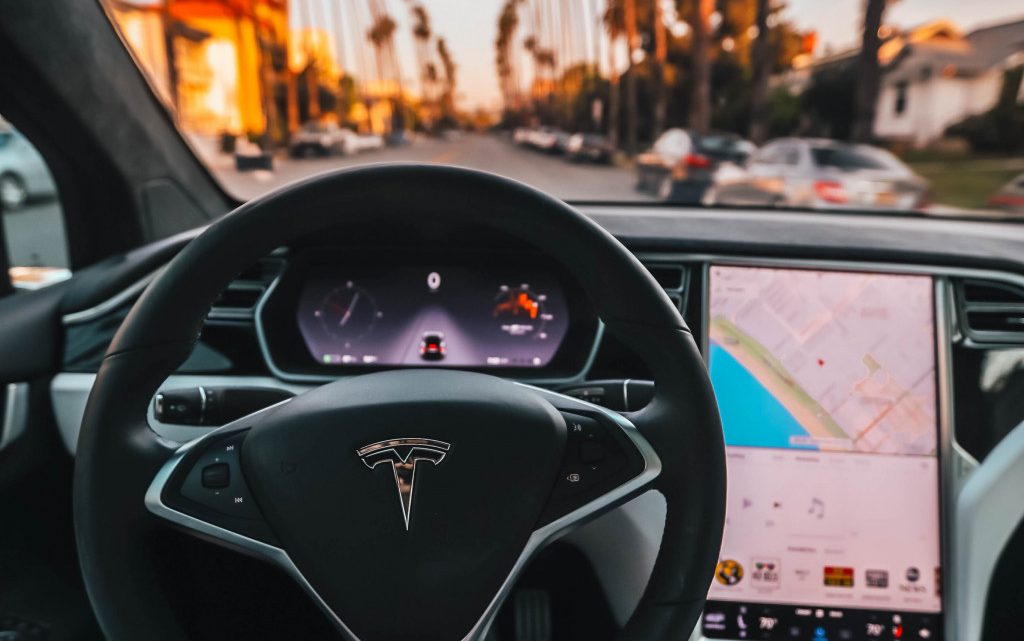After a recently published report from the National Highway Traffic Safety Administration on the safety performance of autonomous and advanced driver-assistance technologies, we have more data to help us determine the safety of these systems and where the technology has reached.
Despite being a rather controversial technology, with many people on both ends of the spectrum either loving and fully supporting it, or utterly disliking the idea of self-driving vehicles, the technology is here to stay. With every passing year, the technology keeps getting better and better. But one of the most important aspects here is safety, and whether the technology has been rolled out too early.
In the following article, we’ll discuss the aspect of safety in autonomous vehicles and vehicles that are aided by advanced driver-assistance technologies by analyzing the available data focusing on the newly released report from the NHTSA.
Data That Has Never Been Released Before
After issuing a standing general order last year to begin collecting data from all manufacturers of vehicles that use self-driving or driver assistance technologies, the NHTSA has released its first round of findings on June 15th, 2022.
Moving forward, the agency plans to issue updates to this data on a monthly basis.
To be able to properly gather this data, the NHTSA has required every vehicle and equipment manufacturer operating in the United States to report a specified list of information about safety-related incidents with vehicles that utilize autonomous driving systems.
Vehicle crashes must be reported within one calendar day from when the manufacturer learns about any crash that occurs while autonomous systems are engaged or right after they have been used.
Almost 70 Percent Of Semi-Autonomous Crashes Involved Cars Made by Tesla
The most jarring headline that you might have read on the news is that the Tesla autopilot-equipped vehicles were responsible for nearly 70 percent of semi-autonomous crashes in the nation. Precisely, 273 crashes out of the total reported 392.
Nearly all news websites used this as their main headline to stir up people’s emotions and get more clicks. But the reality is, the real reason behind this finding is that Tesla has way more vehicles on the road that use the technology than any other manufacturer.
So the data is definitely skewed.
Additionally, companies like Tesla, GM, and BMW, have the capability to pull crash data straight from their vehicles wirelessly right when a crash occurs, most other manufacturers like Honda and Toyota don’t have these capabilities yet, so the data takes a lot longer to be gathered and analyzed.
This mostly means we’re still in the beginning stages of tracking this technology and the data should be getting more and more accurate as days and months go by.
The Roadmap to Automation
There are 5 known levels of vehicle automation. Currently, the highest level that is legally allowed on the streets is the SAE Level 2 advanced driver assistance.
These systems are able to provide continuous assistance with acceleration, braking, as well as steering with the important requirement that the driver is attentive and ready to intervene at any point.
This level is mainly used when driving on highways or in stop and go traffic.
The issue is, many studies have shown that when people get too comfortable with a computer doing the work for them, they lay their guard down and stop focusing on the road.
Level 3 vehicle autonomy, which is not yet available for consumers in the U.S., would be able to handle all aspects of driving including highways and in-town driving and would also require the driver to take over in some situations.
Level 4 autonomy is where the driver becomes a passenger. The car systems would handle all aspects of driving in pre-approved areas/zones and the driver isn’t required to intervene.
Level 5 autonomy is where the system would be able to handle all aspects of driving in all areas and in any given condition. This is the highest level of vehicle autonomy and it would probably take a long time before we are able to use it.





No Comment